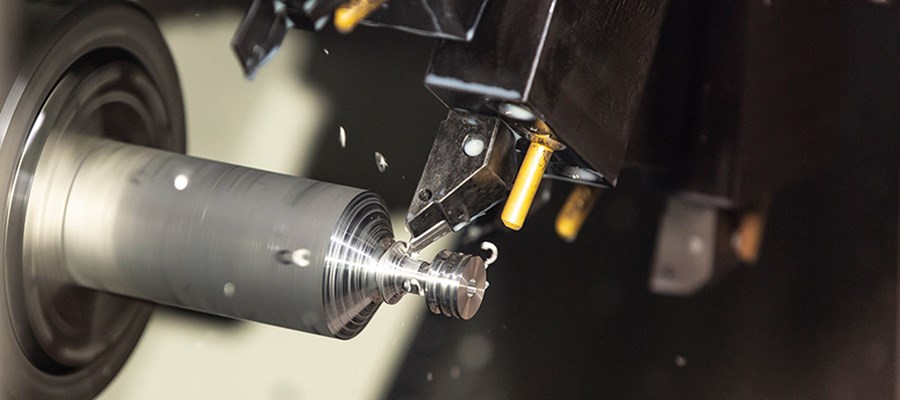
Factors including the Russia-Ukraine conflict, stimulating the economy, strong post-pandemic demand and ongoing logistical constraints have put enormous pressure on supply chains in recent months, triggering multiple price records for metals and mineral commodities. The ongoing surge in metals and mineral commodity prices, coupled with heightened geopolitical tensions, could lead to long-term market changes. Robin Griffin, vice president of international consultancy WoodMac, has said that even if production in Russia is stranded for a long time, the huge difference in prices and production costs will not continue indefinitely.
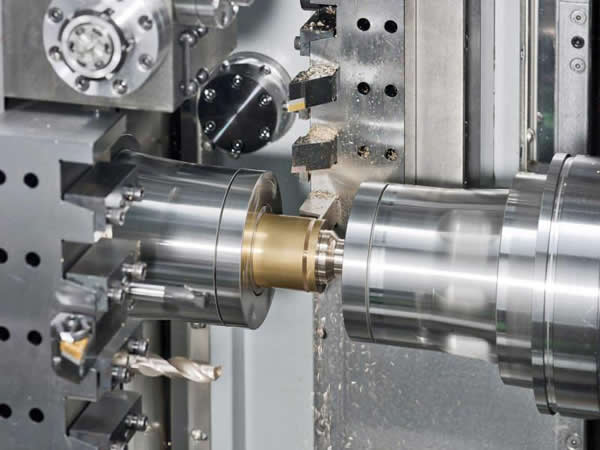
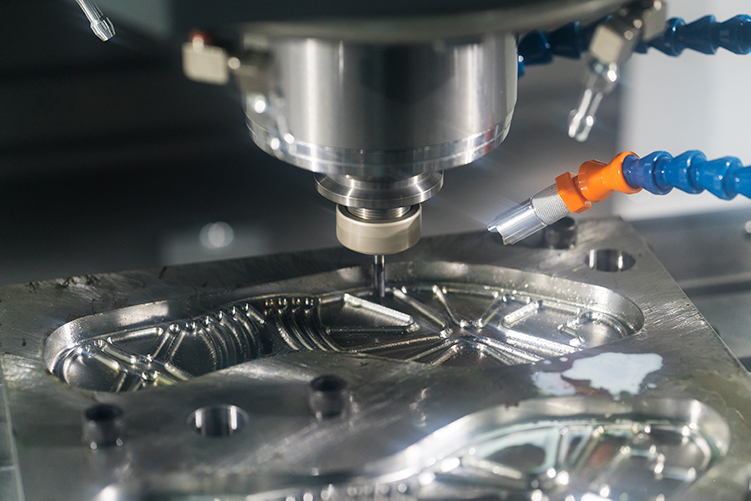
“Looking at the nominal profits of current mining companies shows that with profit margins well above historical norms, such large differences in prices and production costs are unlikely to continue indefinitely. In addition, disruptions in regional and product price relationships also indicate price fragility. For example , Asian steel prices remain flat, while iron ore and metallurgical coal prices continue to soar is discordant because of their impact on steel production costs."
Soaring Prices Investment Uncertainty Alternative Energy And Technologies Sought After
The conflict will undoubtedly leave an indelible mark on some commodity markets. For now, part of Russia's trade is being diverted from Europe to China and India, which could be a long-term process, while Western participation in Russia's metals and mining industries has been low. Even ignoring geopolitical factors, the price shock itself will have the potential to change.
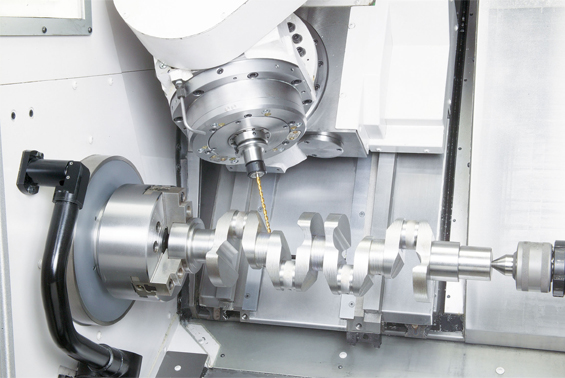
First, a surge in prices could lead to uncertainty about capital spending. Although the current surge in metal and mineral prices has prompted many companies to invest in expansion, the inconsistency of the price surge will make investors' spending uncertain. "In fact, extreme volatility can have the opposite effect, as investors delay decisions until conditions improve," WoodMac said.
Second, the global energy transition, particularly thermal coal to alternative fuels, is clear. If prices remain high, alternative technologies may also accelerate penetration in the power and steel industries, including the early emergence of low-carbon technologies such as hydrogen-based direct reduced iron.
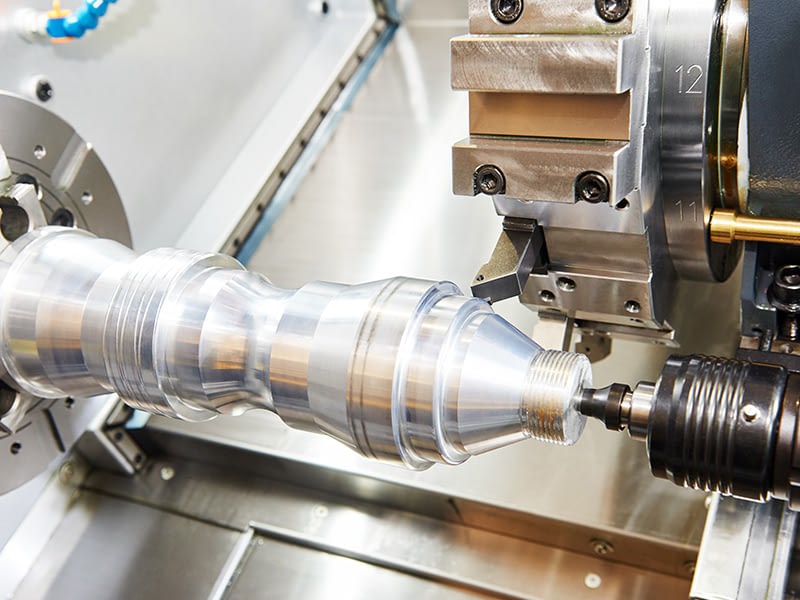
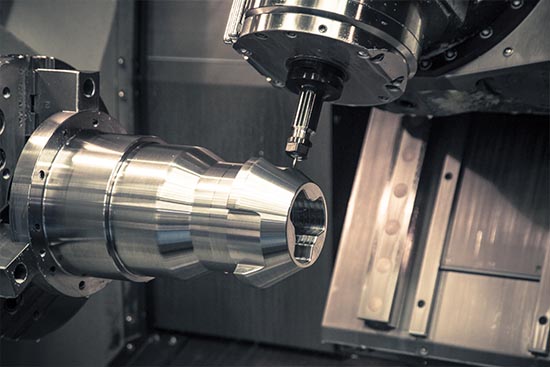
In battery metals, competition in battery chemistries is also likely to intensify as high prices of raw materials for lithium-ion batteries prompt manufacturers to turn to alternative chemistries such as lithium iron phosphate. "High energy prices present a range of risks to global consumption, which could affect demand for metals and mineral commodities."
Mine Inflation Soars
Additionally, mine inflation is soaring as high prices shift the focus away from cost containment and rising input costs. “As is true for all mined products, higher labour, diesel and electricity costs have taken their toll. Some players are privately predicting record high cost inflation.”
Price indices are also under pressure. The LME's recent decision to suspend nickel trading and cancel completed trades has sent shivers down the spines of exchange users.
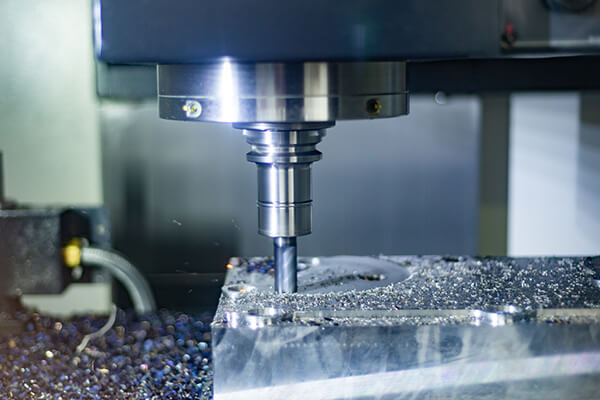
Post time: May-24-2022
